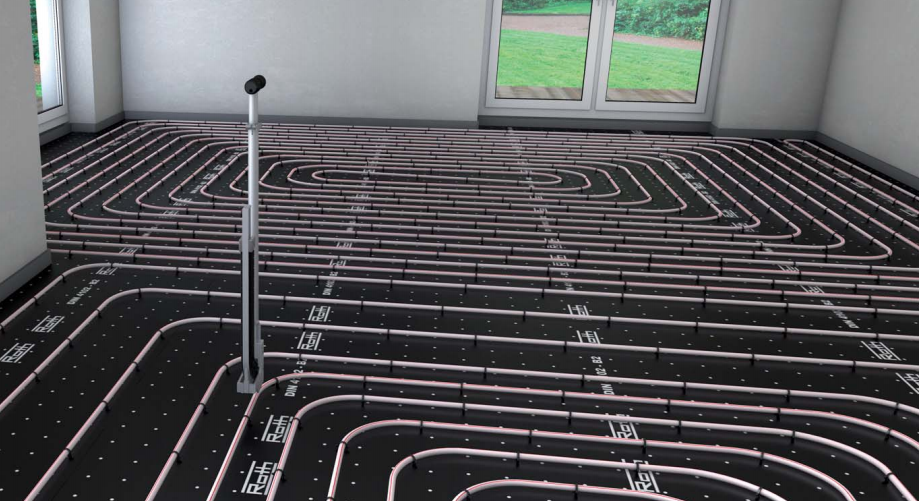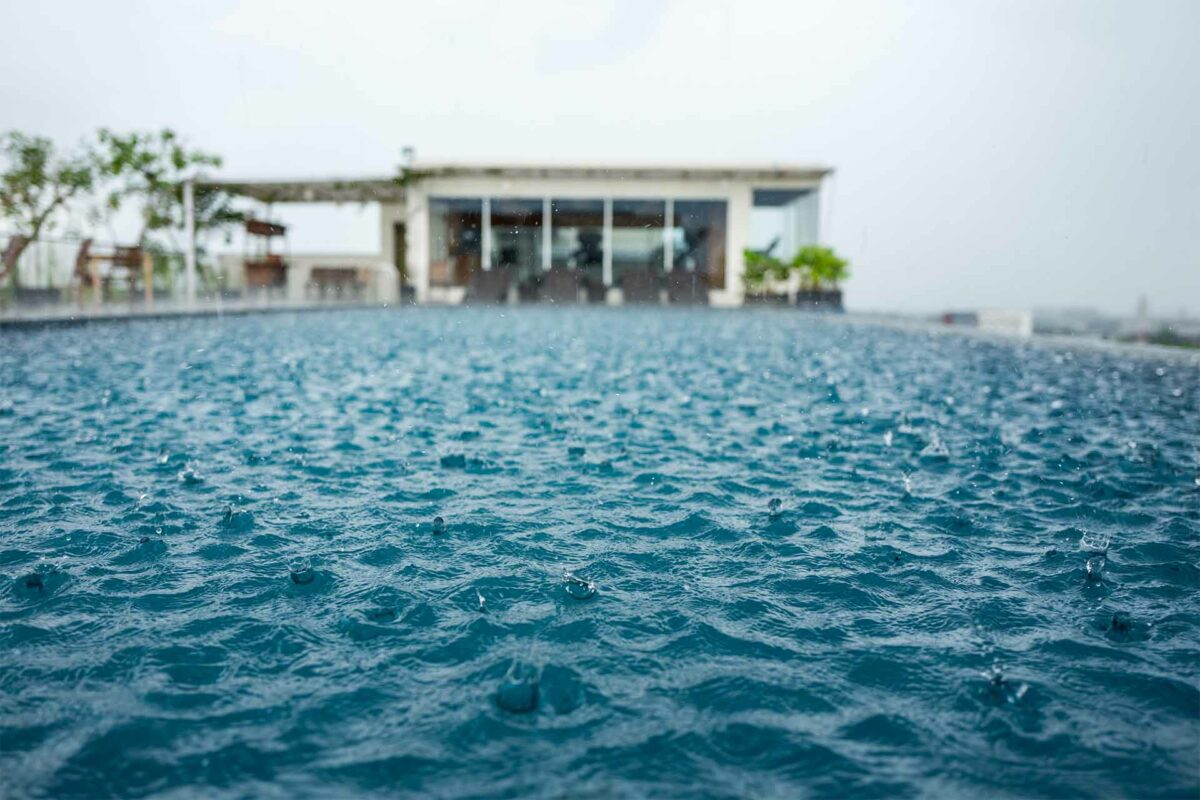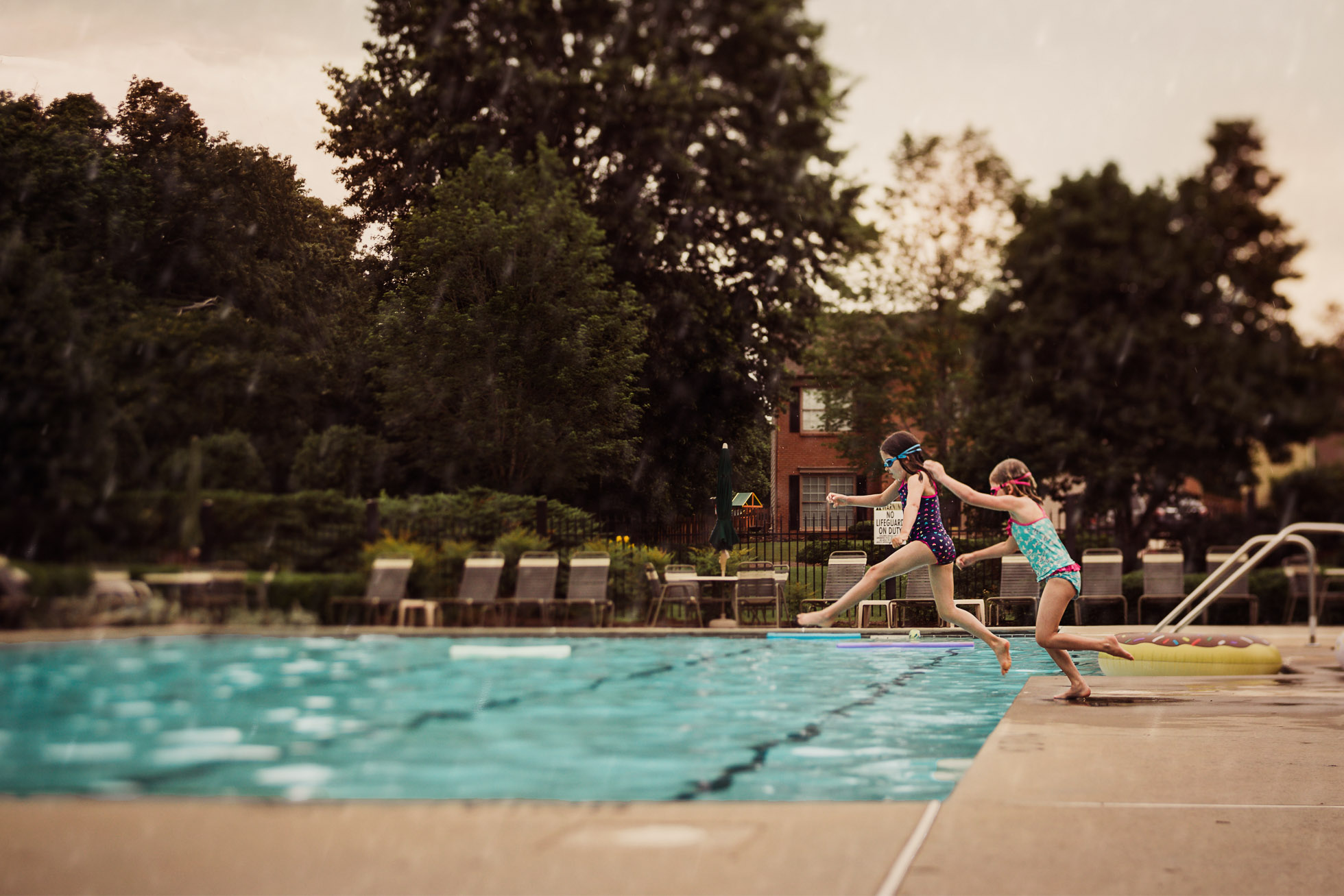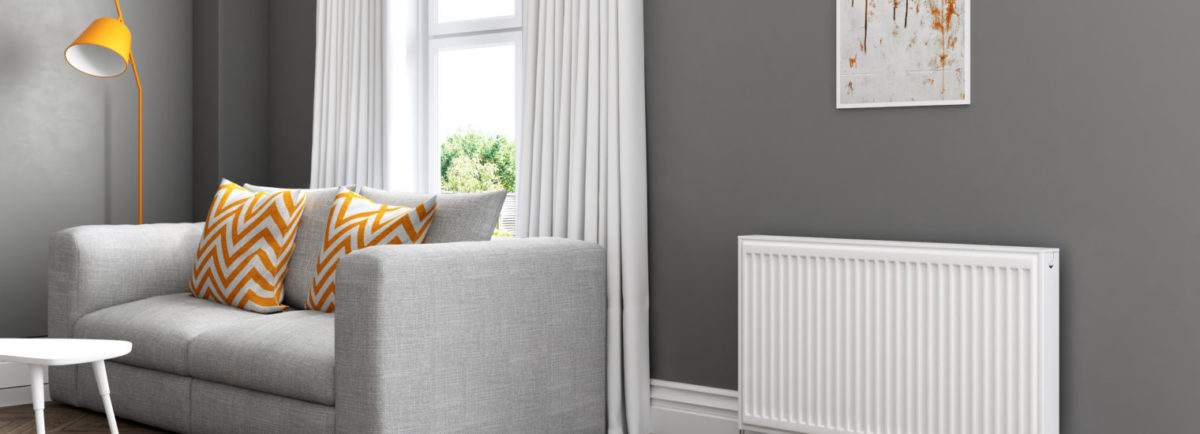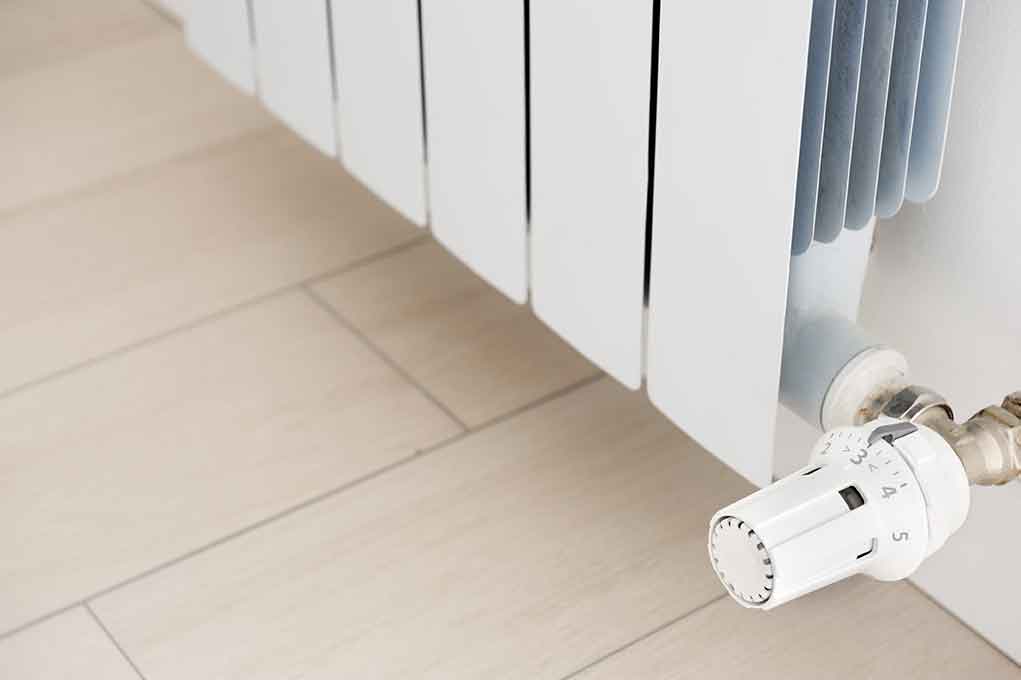If running costs and safety are important to you then a swimming pool cover is an essential consideration for any pool, indoor or outdoor. Amazingly evaporation causes 70% of pool heat loss. A cover helps to prevent heat loss by sitting on the water, minimizing air contact and stopping your pound notes escaping into the atmosphere.
Another benefit is maintenance becomes less time consuming as the cover decreases the amount of dust or leaves entering your pool, giving you more time to enjoy your swimming, and less time to resent the cleaning.
So what kinds of covers are there?
There are four main types of pool cover:
- Geobubble / Solar cover
- Isothermic / Foam cover
- Blade / Slatted covers
- Winter / Safety covers
The majority of our clients choose the Geobubble Solar cover with Blade/Slatted covers being the premium option when you want design and functionality combined.
 What is a Geobubble™ Solar Cover?
What is a Geobubble™ Solar Cover?
Bubble covers are made from two types of polyethene film. One flat level and one bubble level which enables the cover to float. It is the ‘value-for-money’ option, since it minimizes evaporation, heat loss and debris entering your pool. It is also the fastest to be delivered in just 3-5 working days upon order and we can make it bespoke to fit exactly your pool needs.
Bubble covers are traditionally manual; thus we recommend a roller to ease your life when putting the cover on and off your pool before you swim. A reflective (protective) cover is also recommended to be placed on top of your solar cover after your swim to protect it from the sun!
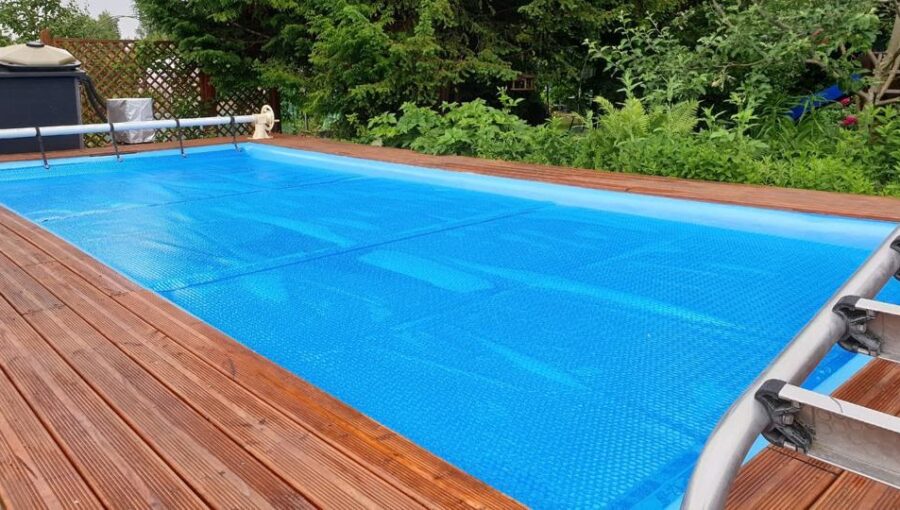 What is an Isothermic/Foam Cover?
What is an Isothermic/Foam Cover?
An Isothermic/Foam cover is considered to be the most suitable for heated pools, due to its isothermal qualities and long lifespan when used intensively in private/public pools and spas.
It is the ‘dedicated’ option in the solar cover family for minimizing heat loss. It also has the same delivery time in just 3-5 working days upon order and can be made bespoke to fit exactly your pool needs.
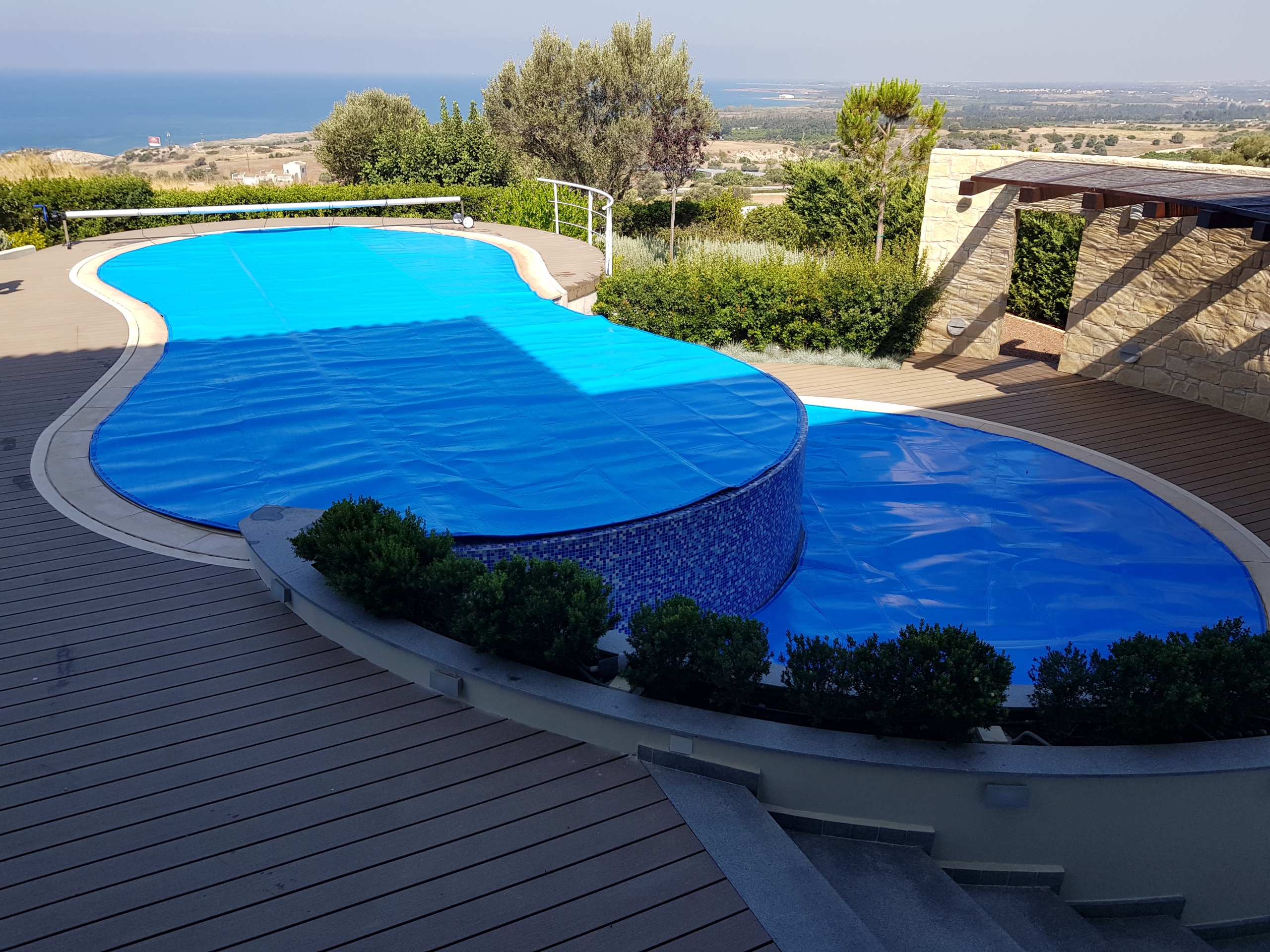 What is a Blade/Slatted Pool Cover?
What is a Blade/Slatted Pool Cover?
A slatted pool cover consists of a series of PVC or polycarbonate slats that float on the surface of the pool. The slats sit on a motorized reel, housed in a cover pit, cover cave or a special bench, meaning there is no ugly manual pool reel at the end of your pool.
Like most automatic covers, they are usually operated by turning a key switch which clients often locate in view of the pool.
In terms of achieving a balance of excellent thermal efficiency, aesthetics, ease of use and longevity, a blade/slatted cover is what we believe is best suited to most luxury pools. It has better U-values than most other cover types and the ability to conceal it under paving or a deck when rolled up makes for a far nicer appearance.
PVC slats are the more cost-effective of the two options and come in a variety of colors. Polycarbonate slats are tougher, more resistant to heat, have a longer warranty and more available colours, but they also have a higher ticket price, being on average 20% more expensive than the PVC option.
 What is a Winter/Safety Cover?
What is a Winter/Safety Cover?
One of the most important things to bear in mind for families with younger children and pets is safety.
Safety covers are comprised of high-strength PVC reinforced fabric which is fixed to an aluminum “leading-edge” bar which pulls the cover along the width of the pool. Safety covers should be strong enough to endure any accidental slips, even by an adult. The fabric has a high gloss lacquer on both sides and contains a high tensile polyester scrim reinforcing layer to guard against tearing.
The material has a life expectancy of approximately 7-10 years. Apart from UV and wear & tear, the most common cause for a reduced fabric lifespan is the incorrect use of pool chemicals.
Via Hydro Cyprus
Are you interested in our services? Want to know more from our specialist? Leave us your contact below and we will contact you.

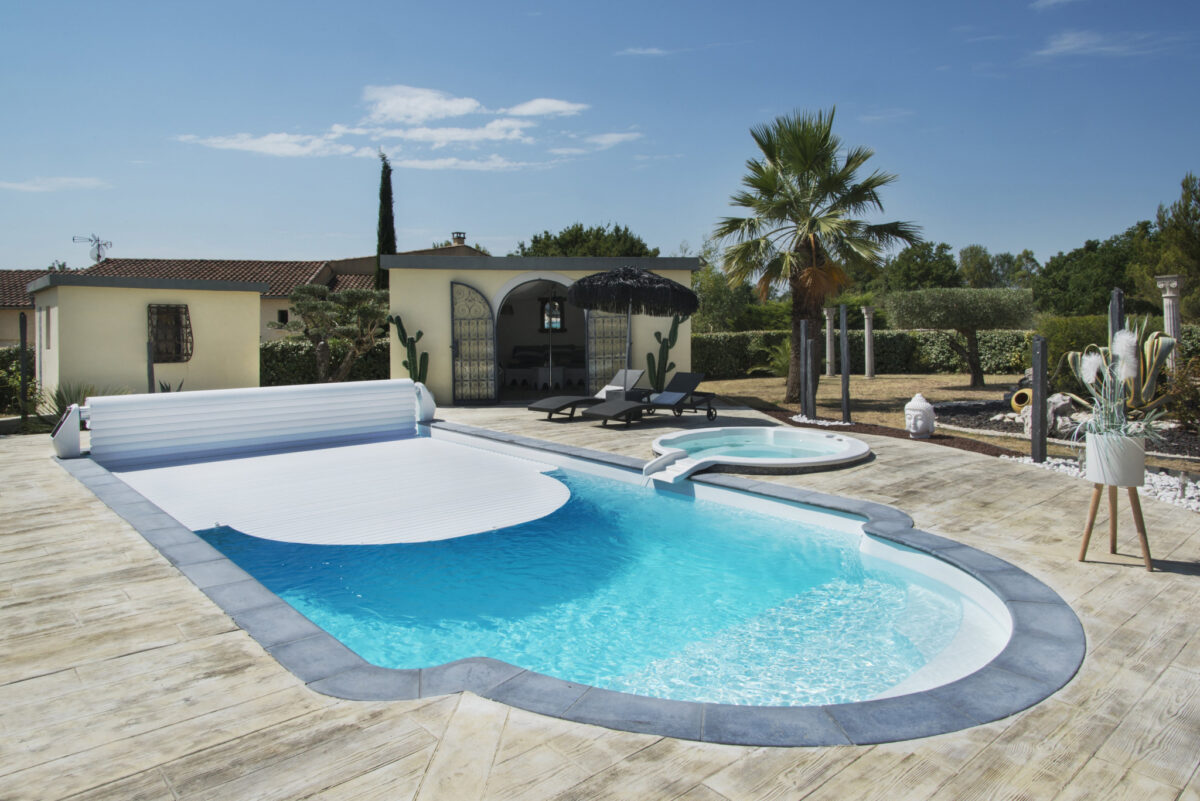
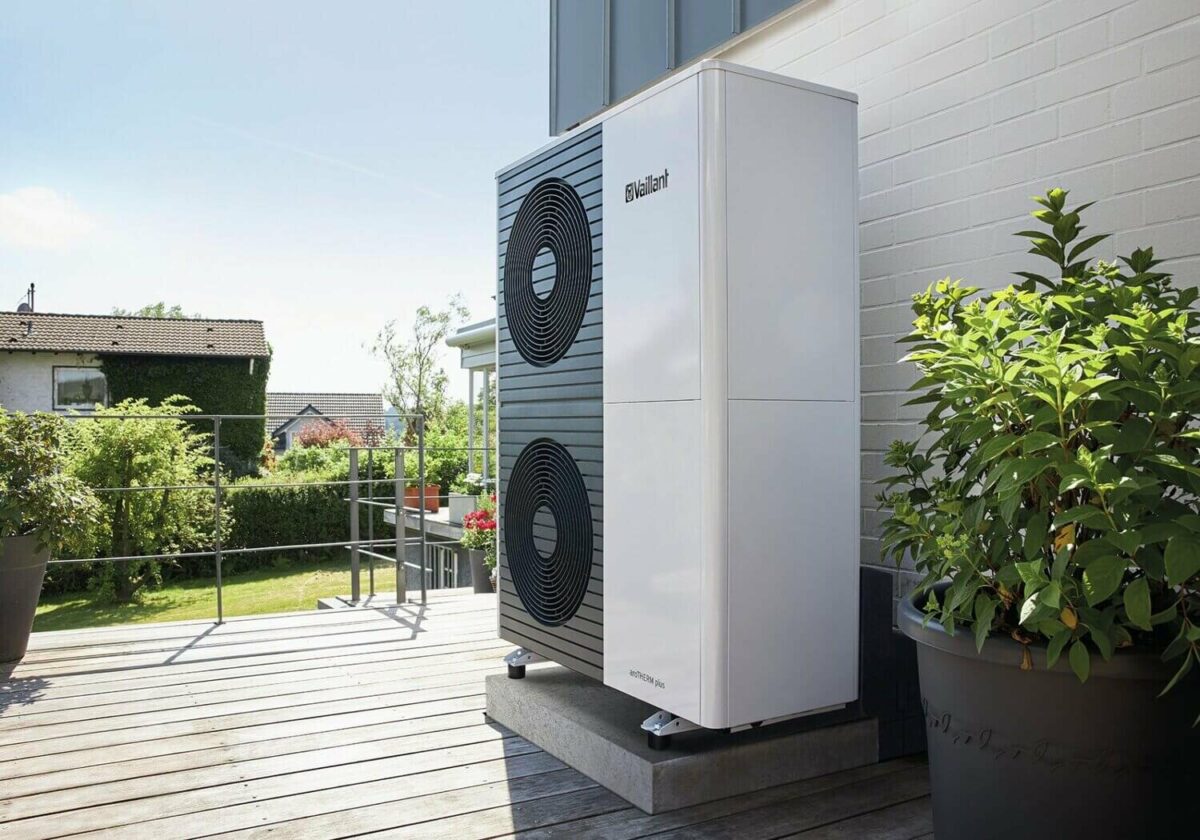

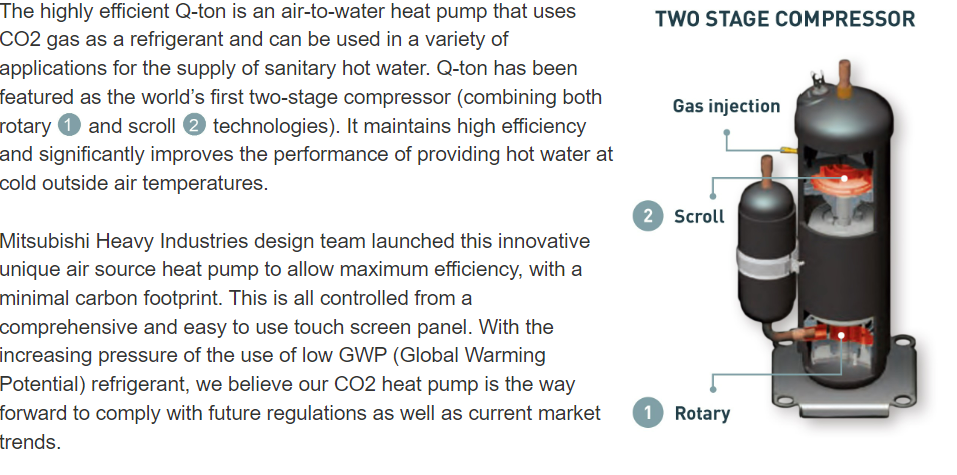

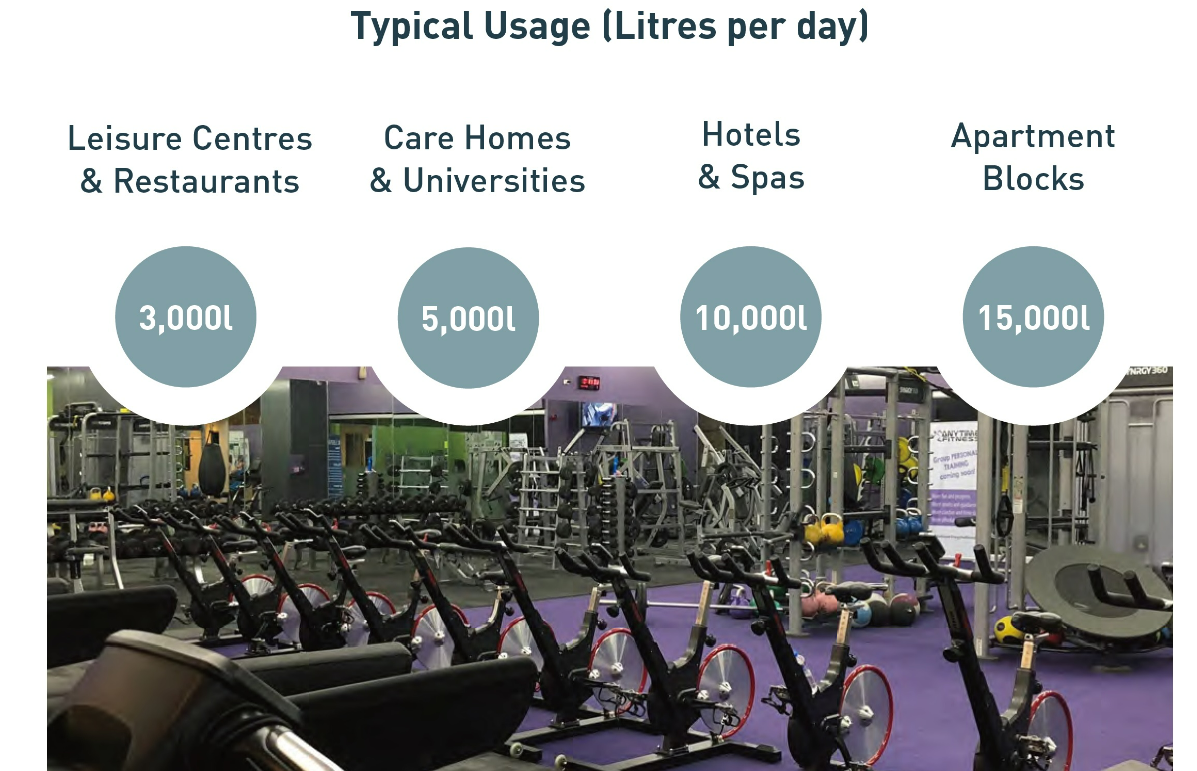
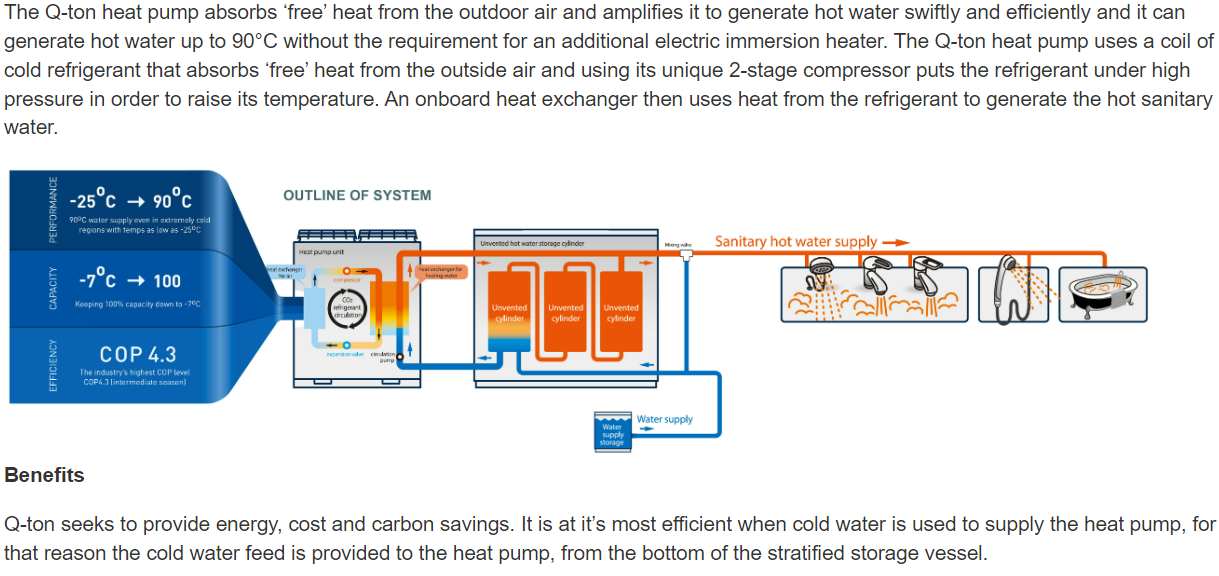

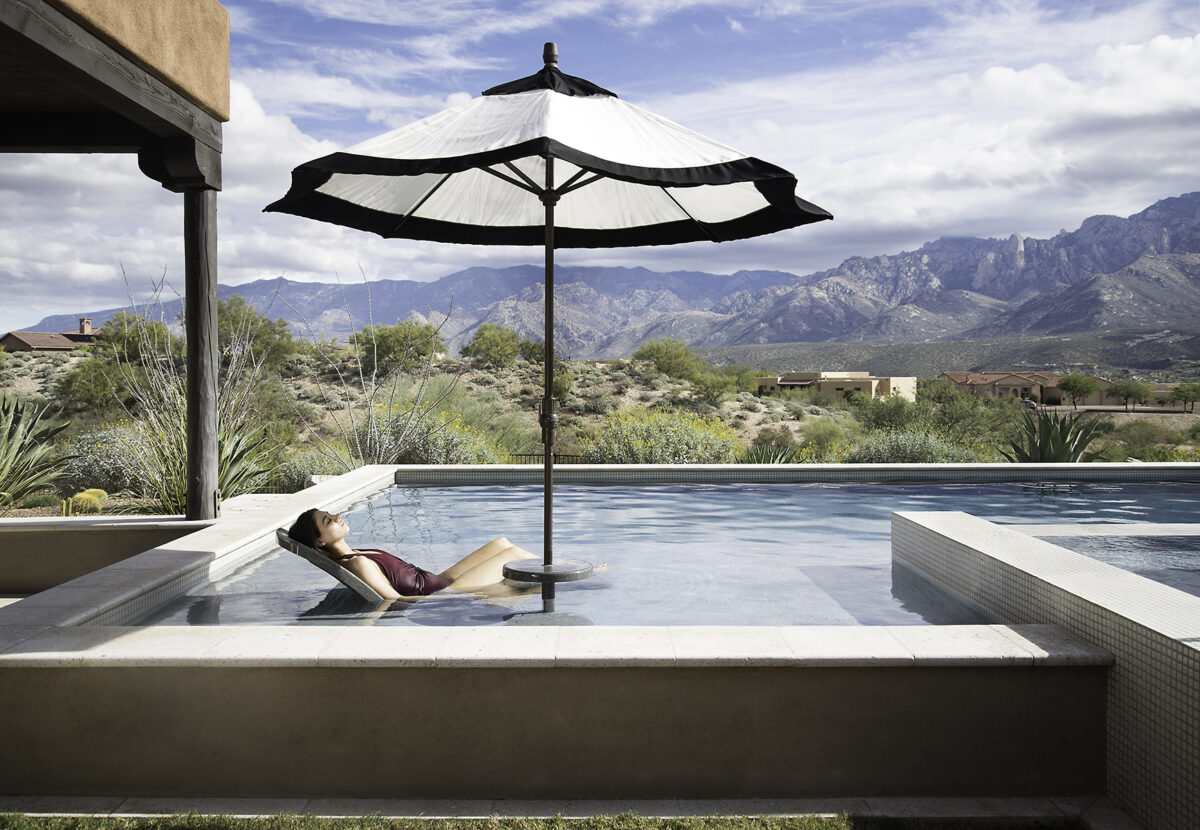
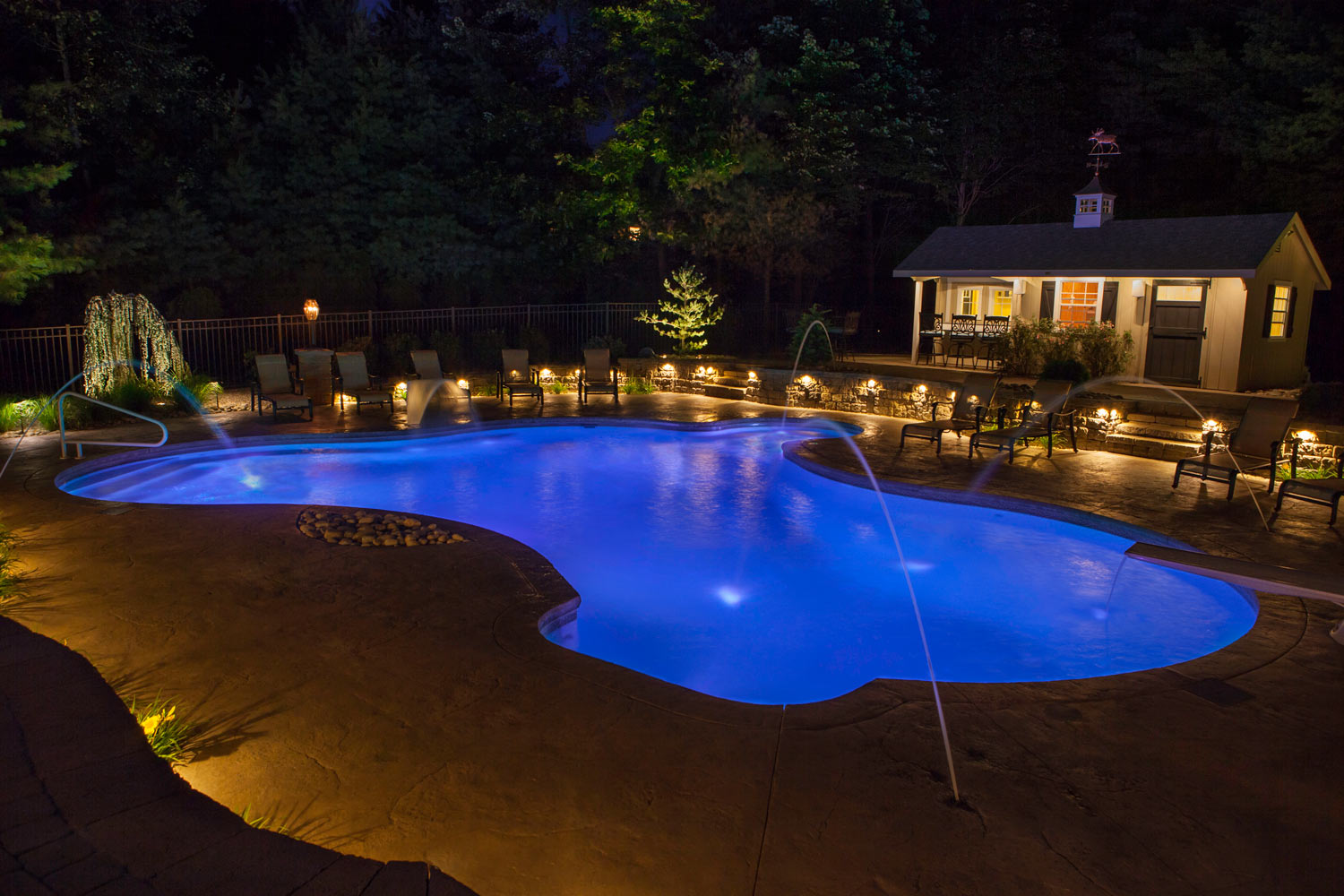
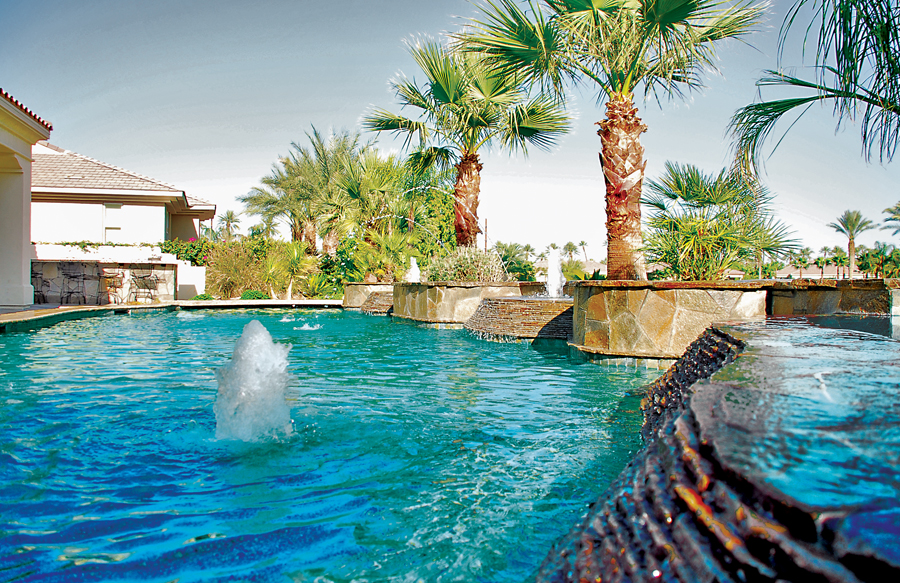

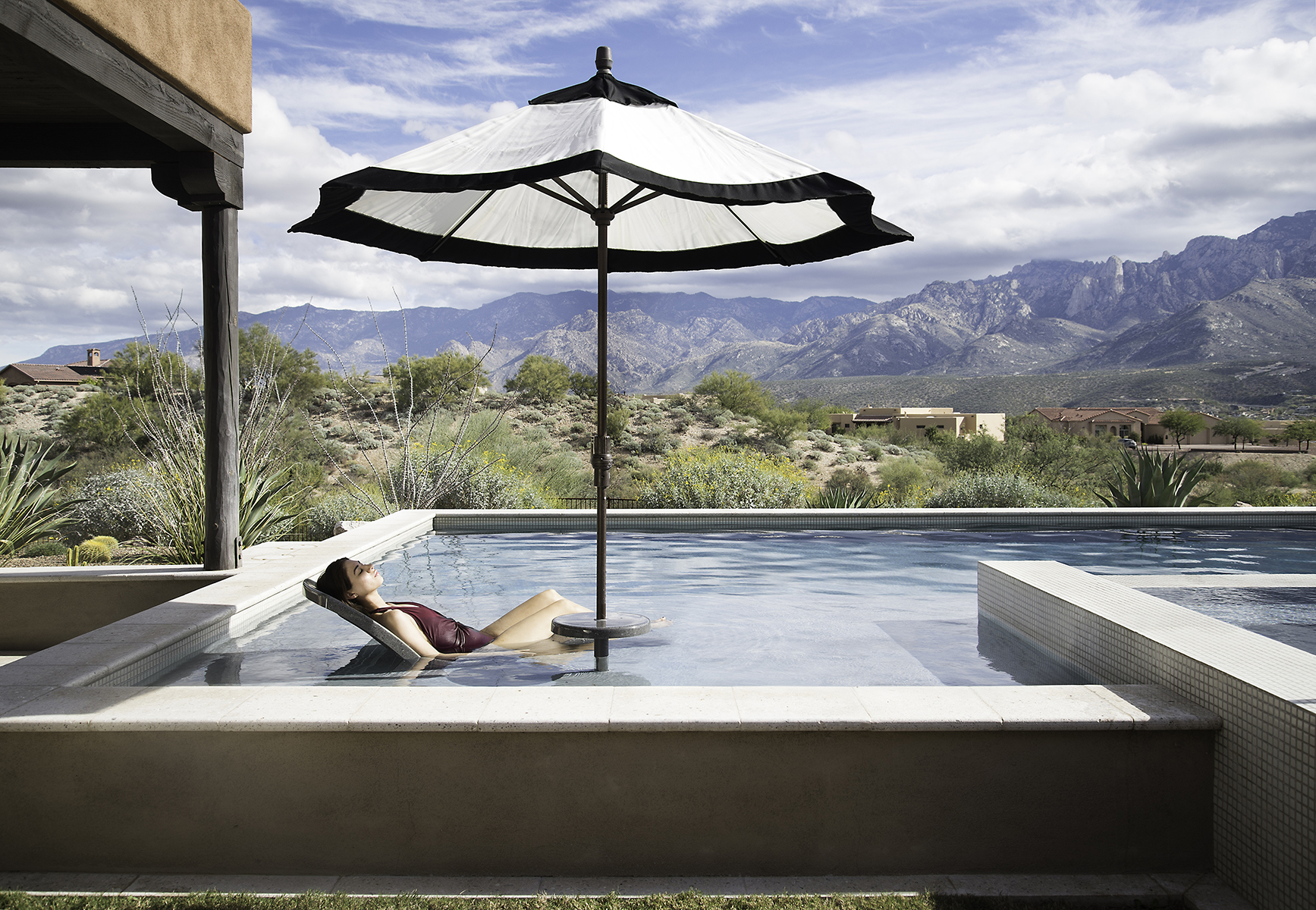
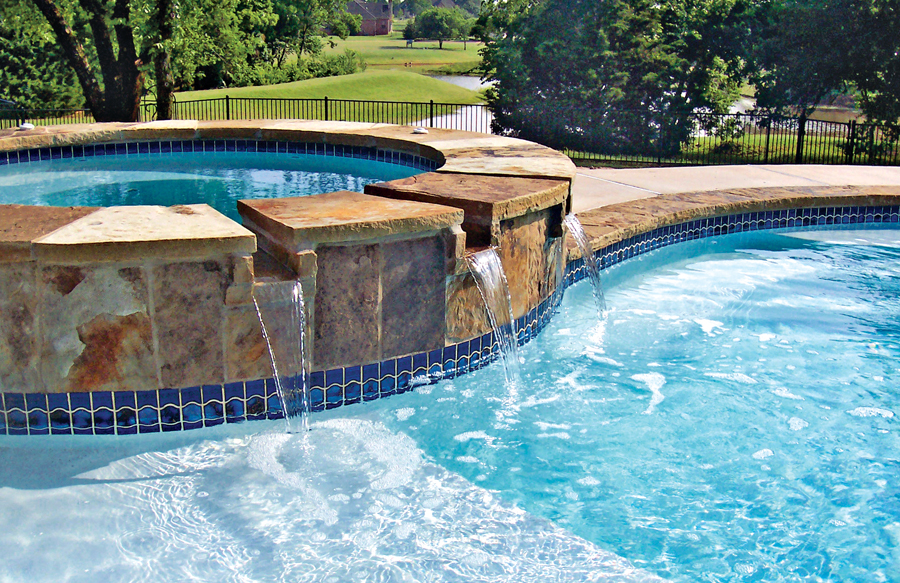
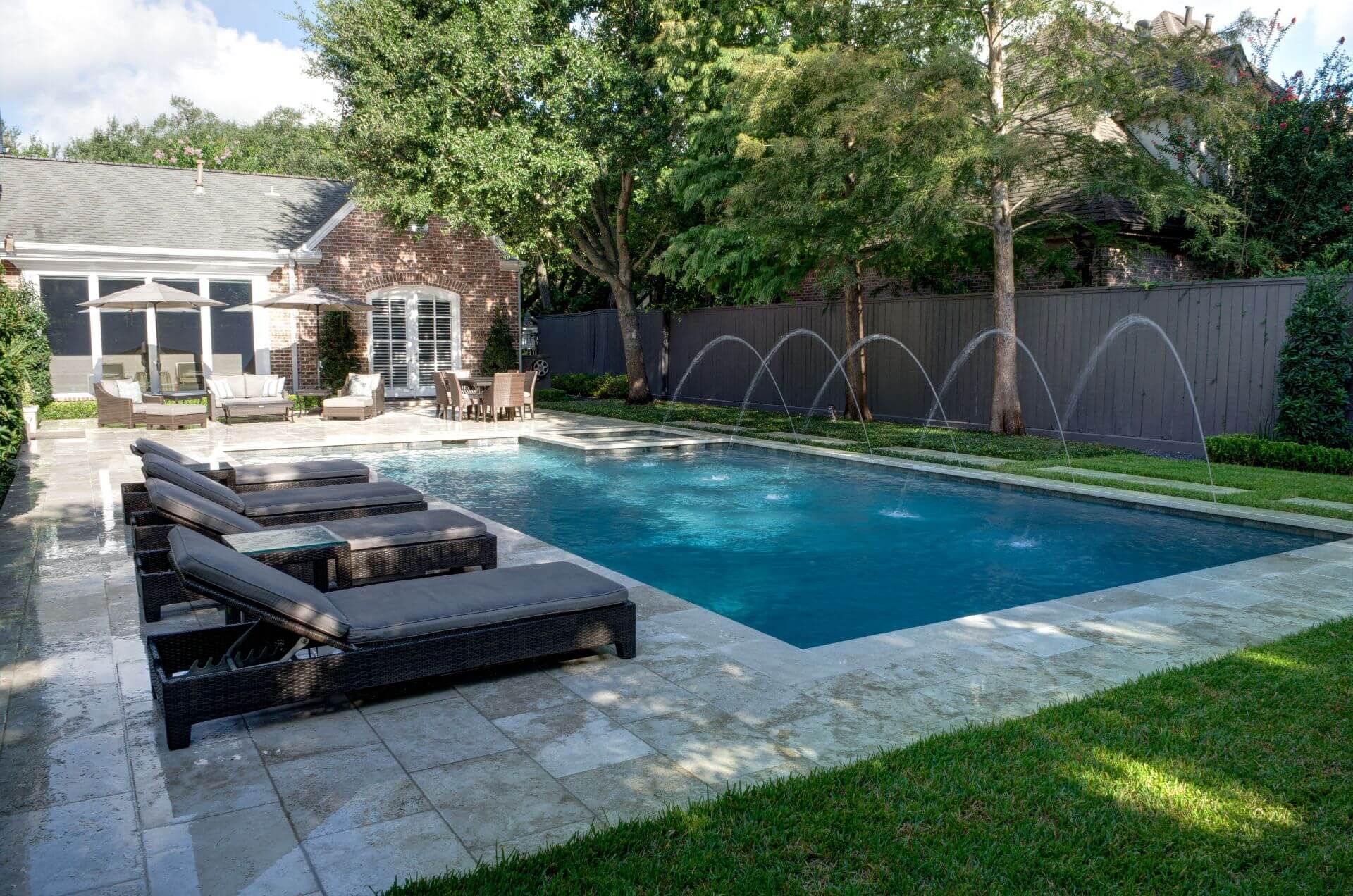

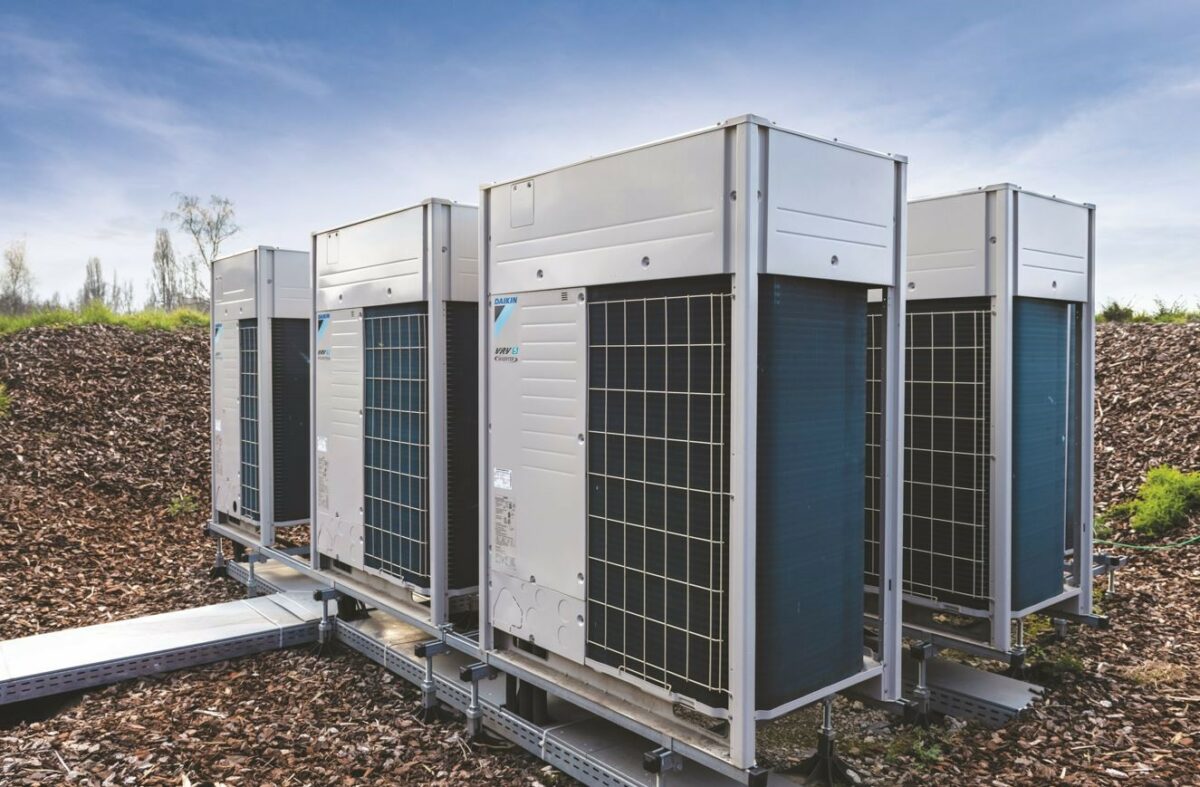



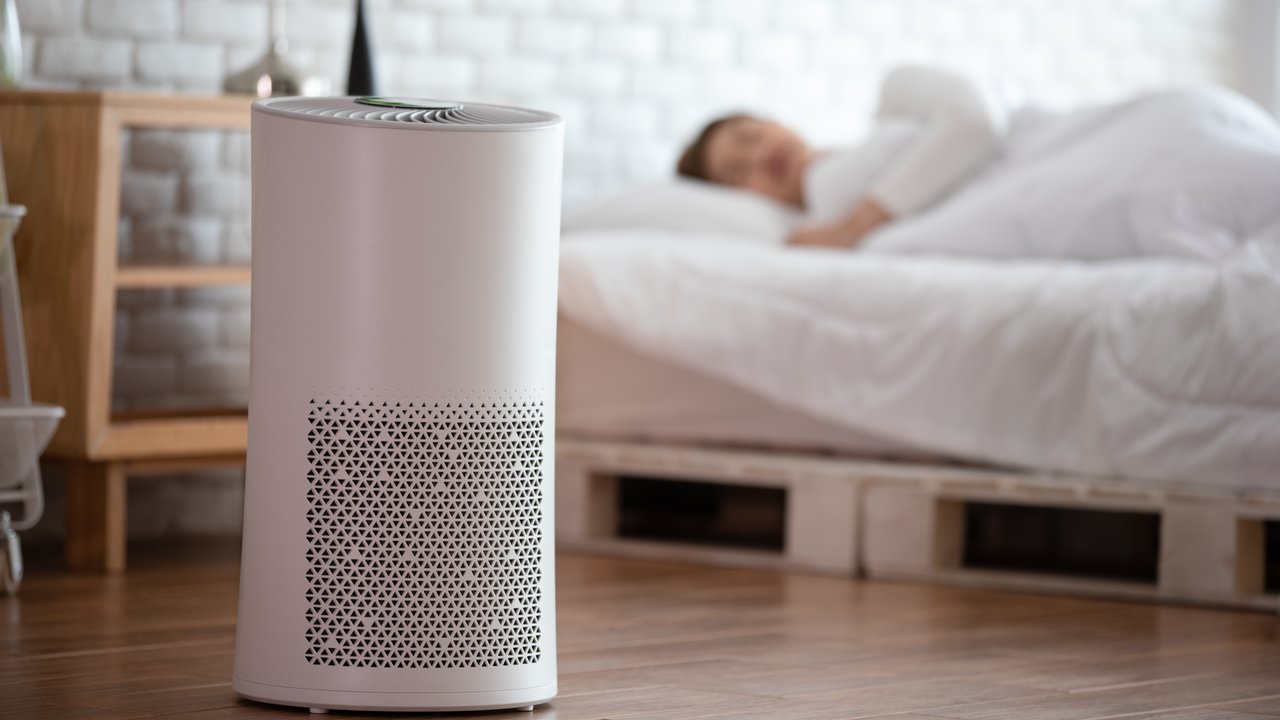



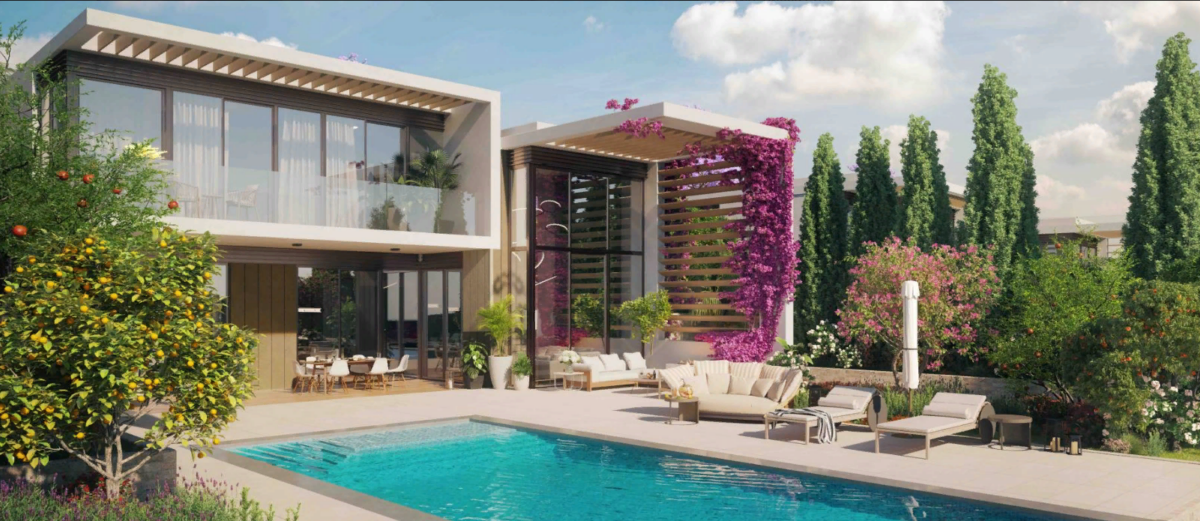
 2. Clean the cover
2. Clean the cover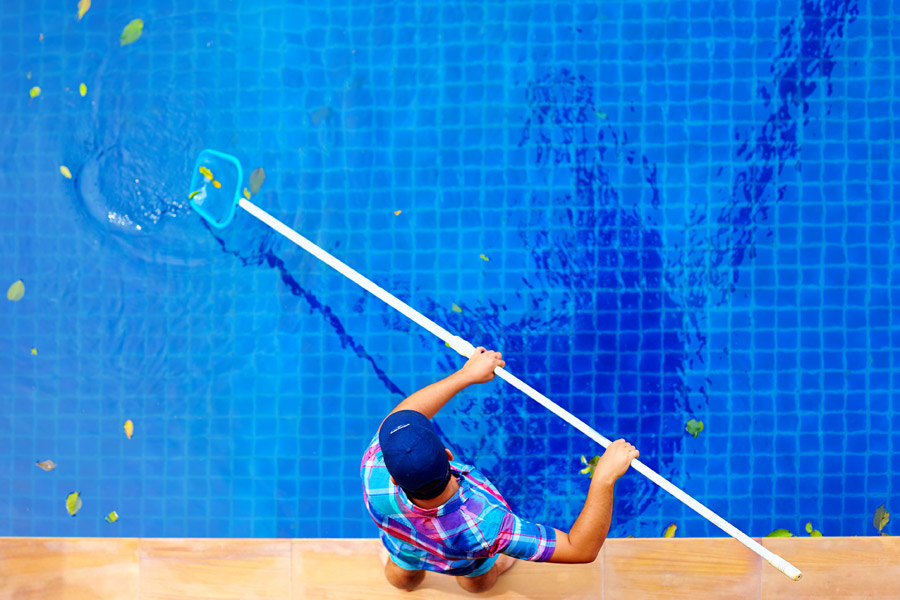
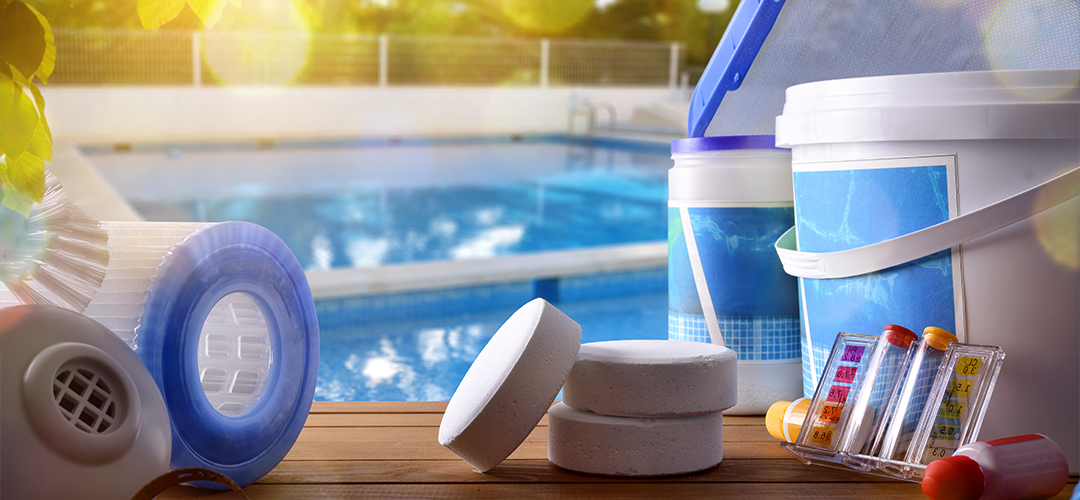 8. Shock the pool (if required)
8. Shock the pool (if required)

